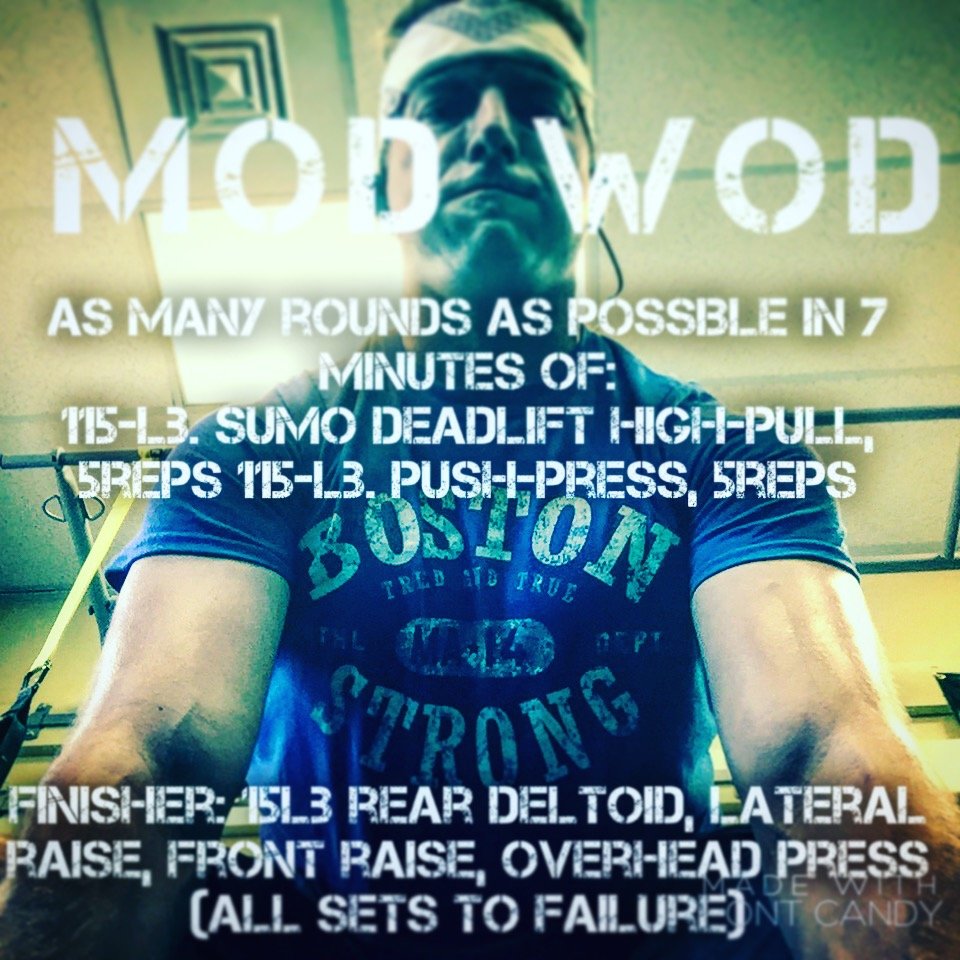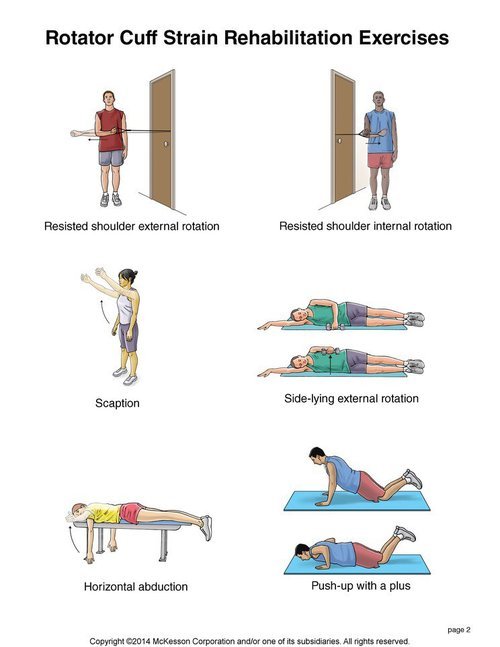The “Delts”
The deltoid muscle is really three muscles in one...as the animation from Wikipedia shows in vivid color the anterior (red), lateral (green), and posterior (blue) heads of the aptly named triangular muscle atop your arm. As you can see, the origin of the anterior delt is the clavicle, the mid delt is at the acromium, and the posterior deltoid is on the spine of the scapula wrapping around the shoulder from front to back. All of these portions then taper down and insert on the humerus (at the deltoid tuberosity), but because of the orientation of the muscle fibers, each section pulls the upper arm in different directions when it contracts. Thus, three actions for one muscle, as Jeff Cavalier shows below.
Therefore, if you want to thoroughly train the deltoid you need to perform movements in these three distinct planes of action.
The motion for the rear deltoid includes bent-over raises, followed by lateral raises for the lateral delt, and front raise for the anterior deltoid.
While we typically think of overhead presses (and maybe handstand push-ups) as should exercises, they primarily engage the front and lateral deltoid. Speaking of the front delt, bench press also heavily relies on it as well. In order to keep things balanced out, you will need to work on that rear deltoid. Sure, there are a lot of pulling exercises that will activate the rear delt, but given our proclivity to focus on the "mirror muscles" often the rear delt and other shoulder extensors are neglected.
Now I cannot mention training shoulders without talking about the rotator cuff. While I've said the rear delt is often neglected, I'm positive that the four rotator cuff muscles are definitely the most overlooked muscles in the gym. I've yet to see anyone training internal and external rotation of the shoulder at the gym, and even worse NO ONE ever warms up their rotator cuff before pressing big weights overhead. Why is this important???
Well, that deltoid you want to look like a cannonball on top of your arm is multitudes stronger than your rotator cuff muscles, and if you continue to overdevelop this bad boy it will start to pull your humerus out of its "socket" on the glenoid of the shoulder blade. Why is this bad? Well, if you look at the picture below you will see that the upper arm bone, the humerus, has a roof above it called the acromium. If the deltoid pulls straight up, it will pull that humerus into the acromium roof and grind the bones together pinching any soft tissue, which happens to be one of the tendons of the important rotator cuff muscle. This will obviously cause pain, but more importantly, it will cause shoulder dysfunction. Instead of rotating, like joints are supposed to do, the bones of the shoulder joint will just be sliding around (called subluxation), and could even eventually dislocate. I will get more into the rotator cuff in a different post, but would be doing you a disservice if I posted training on the deltoid without mentioning rotator cuff training. For now, just be sure to add rotator cuff strengthening exercises to EVERY shoulder workout and if you're experiencing pain, you need to back off and get some rehab. Click on the image on the left to see some great videos explaining impingement syndrome and be sure to add at least the first three exercises on the right image (you can use the cable pulley machine) and click it for more rehab tips.
Now that we have warmed up our rotator cuff and strengthened the muscles to stabilize the joint, we can get into the workouts. My WOD above includes the Athlean-X workout below. If you can get through the lame introduction for the Bodybuilding.com video, it actually explains and shows the anatomy very well.











